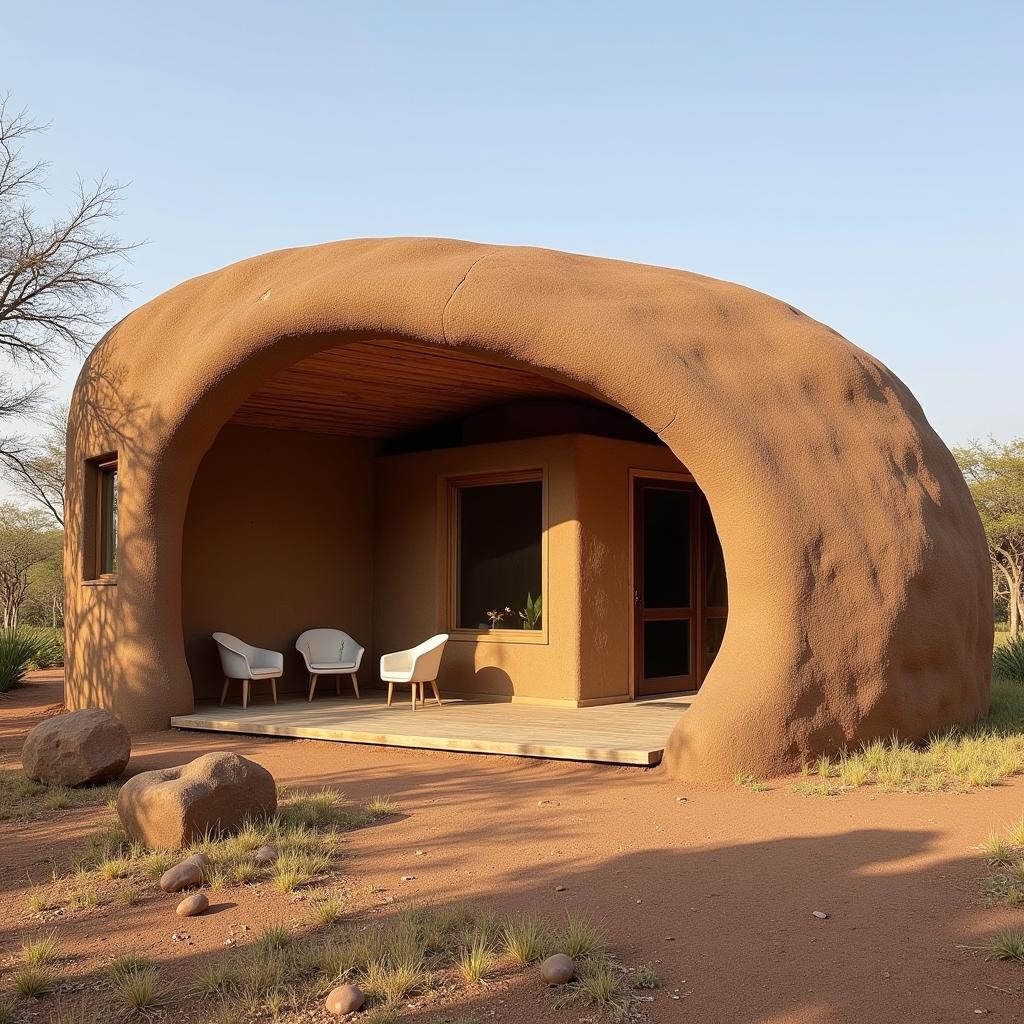The Ultimate Guide to an African Fat Tailed Gecko Setup
Creating the perfect habitat for your African fat tailed gecko is crucial for their health and well-being. This comprehensive guide covers everything you need to know about an African Fat Tailed Gecko Setup, from tank size and heating to substrate and décor, ensuring your gecko thrives in its new home. Let’s dive in!
Understanding the Needs of an African Fat Tailed Gecko
African fat tailed geckos, originating from West Africa, are known for their docile nature and relatively low-maintenance care. However, like any reptile, they require specific environmental conditions to mimic their natural habitat. Understanding these needs is the first step in setting up a successful African fat tailed gecko setup. They thrive in warm, slightly humid environments with plenty of hiding places. Providing these conditions is key to a happy and healthy gecko.
african fat tailed gecko for sale
Choosing the Right Tank
Selecting the right tank size is paramount for your African fat tailed gecko setup. For a single gecko, a 10-gallon tank is sufficient, while a 20-gallon long tank is recommended for a pair. Larger tanks offer more space for exploration and enrichment. Avoid overcrowding, as it can lead to stress and territorial behavior.
Heating and Lighting
African fat tailed geckos are ectothermic, meaning they rely on external sources for heat. Maintaining the correct temperature gradient within the tank is essential. Use an under-tank heater (UTH) placed on one side of the tank to create a warm side and a cool side. The warm side should be around 88-92°F (31-33°C), while the cool side should be around 75-80°F (24-27°C). Avoid using overhead heat lamps, as they can dry out the environment. While UVB lighting isn’t strictly necessary, it can be beneficial for their overall health and well-being.
Substrate and Décor
Choosing the right substrate is important for maintaining humidity and providing a comfortable environment. A mixture of coco fiber and play sand is a popular choice for African fat tailed gecko setups. This combination retains moisture well and allows for natural burrowing behavior. Avoid using calcium sand, as it can cause impaction if ingested. Decorate the tank with hides, branches, and rocks to provide enrichment and security for your gecko.
Humidity and Water
Maintaining proper humidity levels is vital for your African fat tailed gecko. Aim for a humidity level of around 60-70%. This can be achieved by misting the tank regularly or using a humidifier. Provide a shallow dish of fresh water at all times.
How do I maintain humidity in my African Fat Tailed Gecko setup?
Maintain humidity by misting the enclosure or using a humidifier, aiming for 60-70%.
What is the ideal temperature gradient for an African Fat Tailed Gecko?
The ideal temperature gradient is 88-92°F (31-33°C) on the warm side and 75-80°F (24-27°C) on the cool side.
Feeding Your African Fat Tailed Gecko
African fat tailed geckos primarily feed on insects. A diet of crickets, mealworms, and dubia roaches is recommended. Dust the insects with calcium and vitamin D3 supplements before feeding. Offer food 2-3 times a week for adults and every other day for juveniles.
“Providing a varied diet and a stimulating environment is key to a healthy and happy African fat tailed gecko,” says Dr. Emily Carter, a renowned herpetologist.
african fat tailed gecko for sale
Conclusion
Setting up a proper African fat tailed gecko setup is an investment in your gecko’s health and happiness. By following these guidelines and providing a suitable environment, you can ensure your African fat tailed gecko thrives for years to come. Remember, providing a naturalistic environment is key!
FAQ
- What size tank do I need for an African fat tailed gecko? A 10-gallon tank is sufficient for one, and a 20-gallon long is suitable for a pair.
- Do African fat tailed geckos need UVB? UVB is beneficial but not strictly necessary.
- What should I feed my African fat tailed gecko? Insects like crickets, mealworms, and dubia roaches, dusted with calcium and vitamin D3.
- How often should I feed my gecko? Adults 2-3 times a week, juveniles every other day.
- What is the ideal humidity for an African fat tailed gecko? Aim for 60-70% humidity.
- What substrate should I use? A mix of coco fiber and play sand is recommended.
- What temperature should my gecko’s enclosure be? 88-92°F (31-33°C) on the warm side, 75-80°F (24-27°C) on the cool side.
“Observing your gecko’s behavior is the best way to understand its individual needs and adjust the African fat tailed gecko setup accordingly,” adds Dr. Carter. She emphasizes the importance of regular monitoring to ensure the gecko is thriving.
Other Questions We Get About African Fat Tailed Gecko Care
- How can I tell if my African fat tailed gecko is stressed?
- What are the signs of illness in an African fat tailed gecko?
- Can I house multiple African fat tailed geckos together?
You can find more information on these topics and other reptile care guides on our website.
african fat tailed gecko for sale
Need support? Contact us 24/7: Phone: +255768904061, Email: [email protected] or visit us at Mbarali DC Mawindi, Kangaga, Tanzania.


